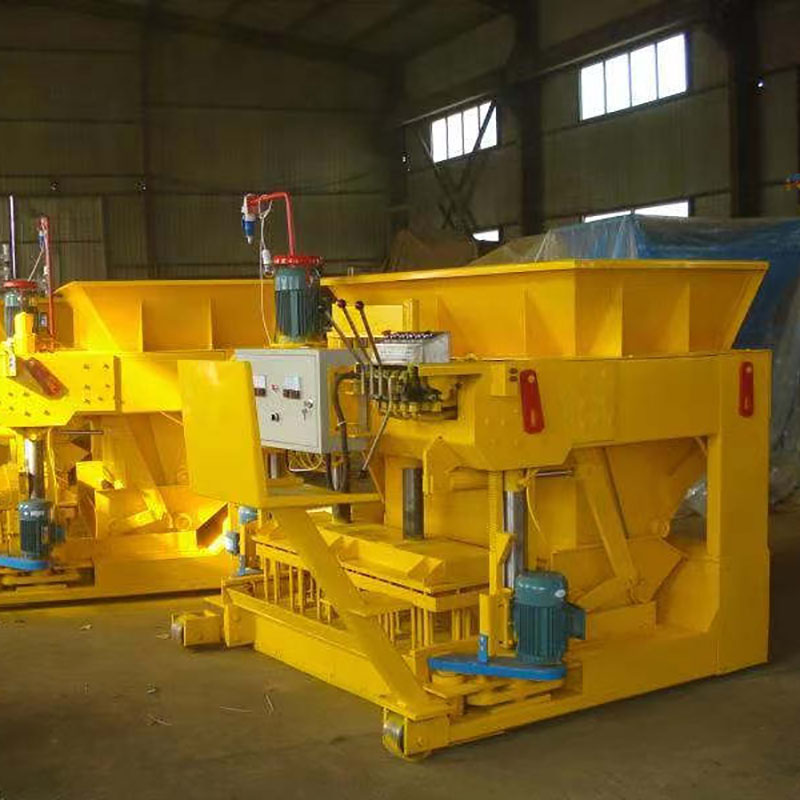
Image source:Aiwei block machine
Introduction
Block making machines play a pivotal role in the construction industry, enabling the production of bricks and concrete blocks used in various types of structures. However, the prices of these machines can vary significantly between developing and developed countries. This article conducts a comparative analysis of block making machine prices, exploring the factors that influence these costs in different economic contexts. By understanding the disparities and driving forces behind these variations, we gain insights into the global construction machinery market.
1. The Significance of Block Making Machines in Construction
Block making machines are essential tools in construction, used to produce bricks and blocks for residential, commercial, and infrastructure projects.
2. Block Making Machine Categories
There are various types of block making machines, including manual, semi-automatic, and fully automatic models, each with different production capacities and features.
3. Comparative Analysis of Prices
Developed countries: Block making machines in developed nations tend to be more expensive due to factors like higher labor and material costs, advanced technology, and stringent quality standards.
Developing countries: In contrast, block making machines in developing countries are generally more affordable. Factors such as lower labor costs, less stringent regulations, and lower technology adoption contribute to these lower prices.
4. Factors Influencing Block Making Machine Prices
Labor costs: Labor costs significantly impact the overall price of block making machines. In developed countries, higher wages result in more expensive machines.
Technology and automation: The level of automation and advanced technology integrated into block making machines affects their price. Developed nations tend to produce high-tech machines, increasing their cost.
Material costs: The price of raw materials used in manufacturing block making machines can vary depending on local availability and import costs.
Quality standards: Developed countries often have strict quality standards, leading to higher production costs that are passed on to consumers.
5. Regional Price Disparities
Asia: Many developing countries in Asia, such as China and India, are major manufacturers of block making machines. They produce a wide range of machines at competitive prices.
Europe: Developed nations in Europe, like Germany and Italy, produce high-quality, technologically advanced machines that come at a premium price.
6. Impact on Construction Industries
Lower-cost block making machines in developing countries make construction more affordable and accessible, driving growth in the construction industry.
In developed countries, the focus is on efficiency, precision, and compliance with environmental and safety standards, which impacts the types of machines used.
7. Sustainability and Environmental Considerations
Developed countries often prioritize environmentally friendly machines, leading to higher prices due to research and development costs.
8. Future Trends
As technology advances and environmental concerns become more prominent, there is likely to be a convergence in block making machine prices between developing and developed countries.
Conclusion
The prices of block making machines vary significantly between developing and developed countries due to a complex interplay of factors, including labor costs, technology, material prices, quality standards, and regional manufacturing strengths. These disparities have a profound impact on the accessibility of construction materials and the growth of construction industries in different parts of the world. As technology and sustainability concerns continue to evolve, we can expect changes in the block making machine market, potentially reducing the price gap between developed and developing nations and facilitating more accessible and sustainable construction practices globally.
